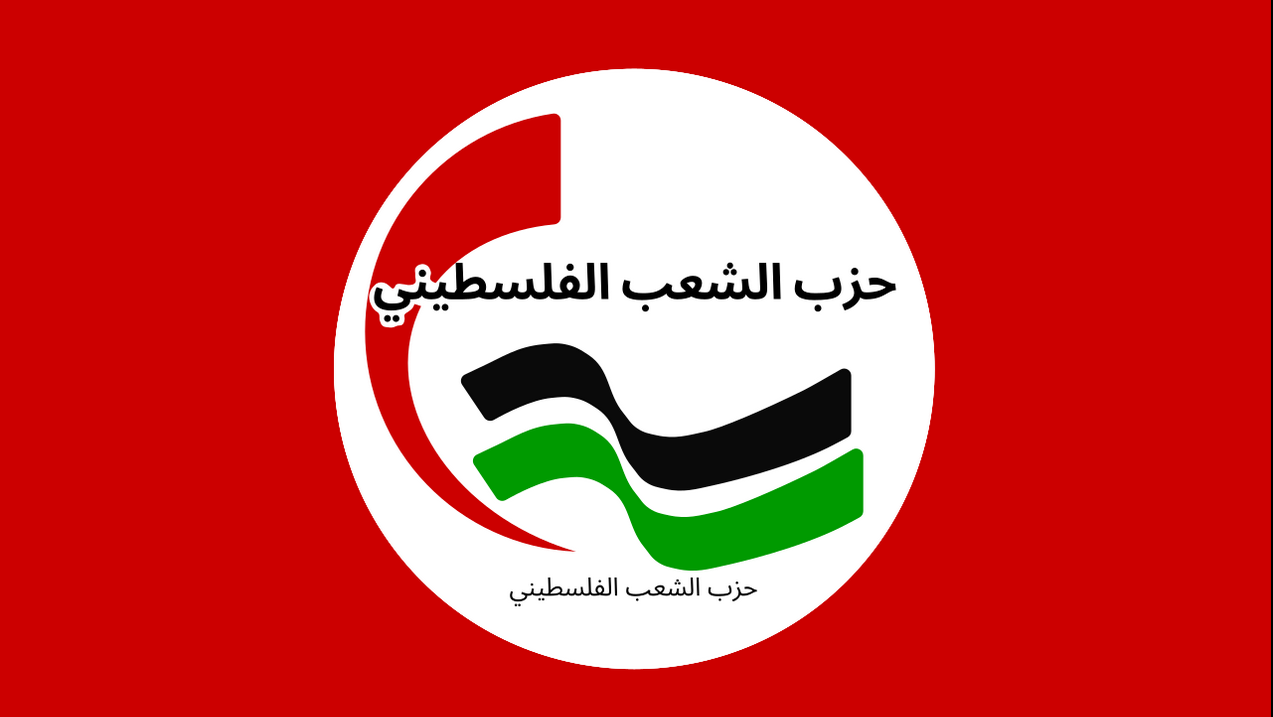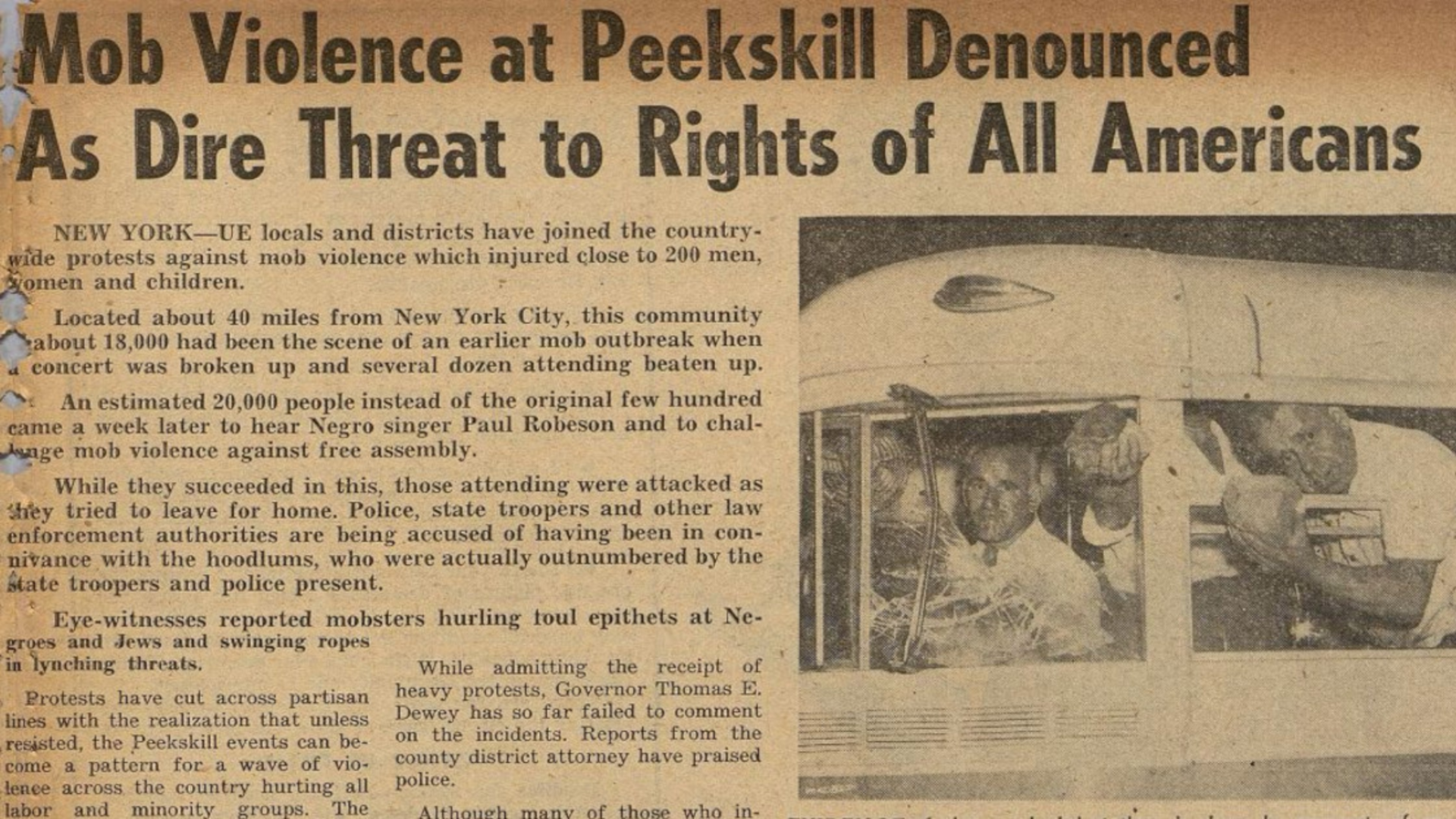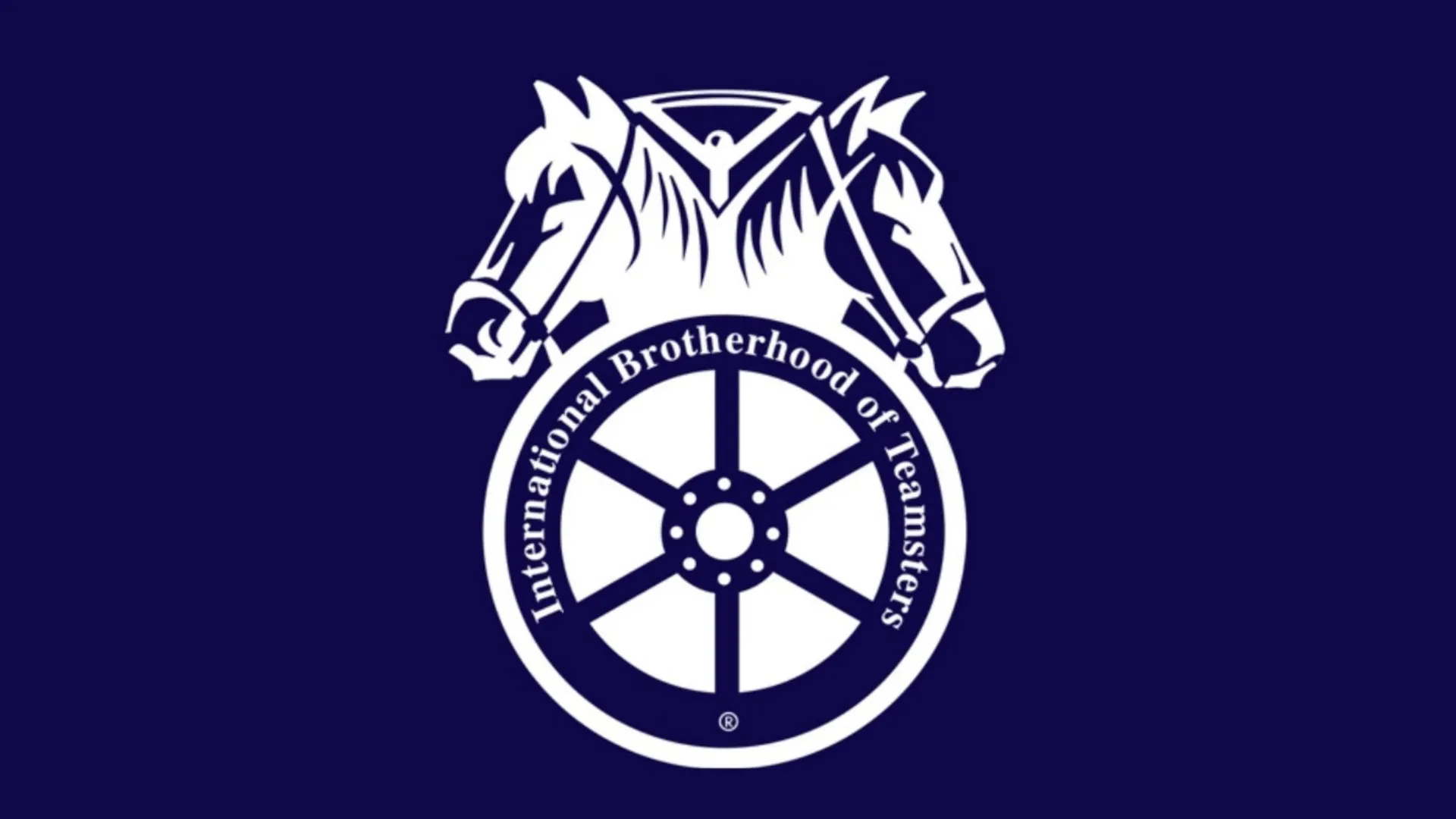Naim al-Ashhab “Abu Bashar”, a Palestinian communist leader and head of the Palestinian People’s Party, died recently (September 21) at the age of 95 in Prague, the capital of Czechia. Al-Ashhab was born in Hebron in 1929. As a teenager he moved with his family to live in the German colony in Jerusalem. At the age of 19, he joined the League for National Liberation, in which the Arab communists in Israel were active, which supported the UN resolution of November 29, 1947 to divide Palestine-Israel, which was under British colonial occupation, into two states, Jewish and Arab. Following the war in 1948, the members of the al-Ashhab family were forced to move as refugees to Hebron, from where they moved to Old Jerusalem.
Due to his political activity in opposition to the Hashemite royal house within the Jordanian Communist Party, al-Ashhab was arrested. In October 1954 he was forced to go underground. In April 1957, against the backdrop of mass demonstrations protesting the dismissal of Suleiman Alanbulsi’s government, al-Ashhab was sentenced to 16 years in prison, but managed to escape his pursuers. In August 1966, the security services captured him in Amman and threw him into prison. Upon his release from prison in June 1967, al-Ashhab returned to Old Jerusalem.
From the Jordanian Prison … to the Israeli Prison
Due to his political activity against the Israeli occupation, he was placed under administrative arrest time after time. In total he spent 38 months in Israeli prison. In August 1971, following an international campaign for his release, he was released and deported abroad. He represented his Communist Party in the international arena and was a member of the Central Council of the Palestinian Liberation Organization (PLO). Following the signing of the Oslo Accords in May 1993, al-Ashhab returned to Jerusalem. As part of his public activity, he developed close ties with the Israeli Communist Party (MAKI), Hadash, as well as circles and individuals in the Peace Camp in Israel. His mastery of the Hebrew language, which he first acquired in prison, helped him.
As a regular columnist in the daily Alayam, which is published in Ramallah, al-Ashhab published an article in June 2001 in which he denounced the suicide attacks aimed at civilians in Israeli territory. In his opinion, the attacks united Israeli society behind Prime Minister Ariel Sharon and inflicted heavy damage on the just Palestinian struggle in international public opinion. In a book he published in the spring of 2003 under the title, Similar and Different Aspects of the Two Intifadas, al-Ashhab emphasized that the contribution of the 1987 Stone Intifada to the Palestinian people was immeasurably greater than that of the 2000 Intifada to break the vicious cycle of violence
In 2006 in Ramallah he published the book, Hamas: From Refusal to Rule. In the first part of the book, Al-Ashhab describes the connection of the founders of Hamas to the Muslim Brotherhood movement in Egypt. Historian Dr. Yosef Algazi, a former member of the editorial staff of Zo Deghare, published comprehensive reviews of al-Ashhab’s book on the Left Bank website. Below are excerpts from the reviews.
“From the beginning of their journey in 1928, the Muslim Brotherhood stated that Islam is essentially an all-encompassing law for the orders of this world and the next. They opposed the principle of separation of religion from the state and secularism. According to them, the source of the struggle against colonialism and imperialism is the cross. They wanted to monopolize Islam, take control of it and present their opponents as the enemies of Islam. This is how they justified the assassination operations they carried out against their opponents. They did not hide that their goal was to put an end to the party regime. The founder of their organization, Hassan Albana, stated that Islam is ‘a Koran and a sword’.”
Referring to the activity of the Muslim Brotherhood in 1948, al-Ashhab revealed that, in addition to sending volunteers to the war in Palestine, the Muslim Brotherhood in Egypt engaged in underground-terrorist activity. In their opinion, the essence of the Israeli-Arab-Palestinian struggle is religious—Islam against Judaism and not necessarily a struggle against imperialism and Zionism. Their men carried out acts of terror against Jewish targets in Egypt, mainly in Cairo, where they killed Jews and destroyed businesses.
The book also shows that in the first years of the Israeli occupation following the 1967 Six-Day War, the activity of the Muslim Brotherhood was not felt in the occupied territories. The picture changed in the 1970s. The results of the local authority elections in the occupied territories in 1976 brought nationalist and left-wing elements to the forefront of the Palestinian political arena. At the same time, the celebration of the first Earth Day in Israel that year indicated the strengthening of the influence of the communists. In order to curb these left-wing elements, political Islam raised its head in the occupied territories and in Israel. This awakening benefited from massive and visible support, political and material, on the part of Saudi Arabia, as well as encouragement, sometimes not hidden, on the part of the Israeli establishment. In those days, the Islamic movement arose in Israel. In 1979, the Israeli occupation authorities granted Sheikh Ahmed Yassin a license to establish the “Al-Mujama Al-Islami” association, from which the Hamas movement grew.
In the 1980s, the followers of Sheikh Yassin set fire to the offices and the library of the Red Crescent Society in Gaza, headed by Dr. Haider Abdel Shafi, a leftist. Fatah officials collaborated with the attackers, while the occupation authorities turned a blind eye to the arson. It should be noted that in 2006 armed members of Hamas destroyed the headquarters of the Palestinian General Federation of Trade Unions (PGFTU) in Nablus, threw a lecturer from the third floor of Al-Najah College, and in Hebron attacked left-wing students at the College of Technology.
The Israeli authorities, the PLO leadership in Tunis as well as the Muslim Brotherhood in the territories treated the first intifada, which broke out at the end of 1987, as a passing phenomenon. When it became clear to the PLO and the Muslim Brotherhood that they were wrong, they invested great efforts to control it. The Muslim Brotherhood acted against the united national leadership of the first intifada in the territories. It consisted of operators of Fatah, the Communist Party, the Popular Front and the Democratic Front.
The establishment of the ‘Islamic Resistance Movement’
In January 1988, the Muslim Brotherhood under the leadership of Sheikh Yassin established the Islamic Resistance Movement (Hamas). Even under their new name, Yassin and his men persisted in the policy of non-cooperation with the organizations that led the intifada. At every opportunity they differed from them: they announced their own strike days and raised slogans along the lines of “Islam is the solution”, “Our land is Islamic and this is its essence”; “Jews left our country”, “According to the Koran, the extinction of Israel is an inevitable fact.” With the funds transferred to them by Saudi Arabia and the Gulf countries, they established an extensive network of welfare institutions and services that strengthened their influence.
In his book, al-Ashhab took issue with many sections of the Hamas charter. He stated that the Hamas slogan regarding the establishment of the state of Palestine “from the river to the sea” served the official Israeli policy. According to him, Palestinian extremism was the main ally of the Israeli governments who declared that their actions against the Palestinian people were in the nature of “self-defense”. At the same time, feelings of despair and frustration pushed Palestinians to extreme positions.
In its charter, Hamas rules out any political and diplomatic activity to resolve the Israeli-Palestinian conflict on the basis of UN resolutions. Article 13 of the charter rules out peace solutions, international initiatives and conferences that, in its opinion, “are nothing more than another means for the control of the infidels over the land of the Muslims.” “Any giving up of a piece of land from Palestine is a renunciation of part of the religion,” states the convention.
After quoting a verse attributed to the Prophet Muhammad calling for the killing of Jews, Al-Ashhab came out in a buffer against this notion and mentioned the contribution of Jews who oppose the occupation to the Palestinian struggle. He named, among others, MK Meir Vilner, the communist who was stabbed by an assassin due to his opposition to the June 1967 war; the participants in the protests against the settlements, land expropriation and the wall, and those who protect Palestinian farmers during the olive harvest season. Al-Ashhab’s conclusion:
“Common sense says, that cutting off our people from its allies, regardless of which religion or nationality they belong to, serves the Israeli enemy and its support—American imperialism.”
Following the signing of the Oslo Accords and the establishment of the Palestinian Authority in 1994, Hamas carried out a series of terrorist attacks inside Israel. At the end of 2000, Hamas increased its suicide attacks, which were mainly aimed at civilians in the Green Line. Al-Ashhab lamented that later, the Fatah organization that controlled the Palestinian Authority did not stand up against these actions, but instead followed:
“… a wrong and dangerous course of action that caused heavy damage to the Palestinian cause in the international arena and made it easier for Israel to increase the suppression of legitimate opposition to the occupation. From then on, the label of terrorism was affixed for any act of resistance to the occupation.”
The Israeli Policy of Strengthening Hamas
The late communist leader believed that Hamas’s refusal to recognize the validity of UN resolutions and the agreements signed by the PLO and Israel caused the Palestinian people to starve. The refusal allows the Israeli government to evade conducting substantive negotiations with the Palestinian side and force unilateral moves. Al-Ashhab believed that the Israeli government is not interested in overthrowing the Hamas government in the Gaza Strip and prefers that it remain weak and isolated. Israel worked to exacerbate the intra-Palestinian conflict so that it could degenerate into a civil war. Hamas, Al-Ashhab pointed out, aims to hold on to power at any cost. He behaves like the political Islam that dominates Iran and like the Taliban in Afghanistan. Al-Ashhab stated that some of the changes in the political style of Hamas since it came to power in the Gaza Strip were aimed at calming the vigilance of its opponents, so that it could strengthen its position and fortify its rule. Islamic fundamentalism states that the source of the legitimacy of any government is the Koran and the Sunnah (Muslim law) and not the voter.
Al-Ashhab noted:
“If Article 17 of the Hamas Charter miraculously elevates the role of the Palestinian woman as the producer of the men, Article 18 assigns her a significant role in taking care of the home and raising the children on the knees of the moral values and concepts drawn from Islam,”
He also emphasized that:
“the convention completely ignores the civil and political rights of women.”
Al-Ashhab concluded:
“Belief in religion is one thing, while political Islam is another. In the concrete conditions in which the Palestinians live, religion should merge with Palestinian nationalism, one of whose aspirations is to be freed from the occupation. Whereas political Islam is a project to seize power by a social group that uses religion as a disguise.”
Referring to the right-wing elements in Israel, Al-Ashhab warned:
“These elements are betting on the continuation of a vicious circle of violence, provocations, actions and acts of revenge. Israeli measures such as the occupation of refugee camps and targeted assassinations will provide grounds for Palestinian extremist elements for their own acts of revenge.”
However, Al-Ashhab noted in his book, that he senses the changes taking place in Israel; for example, a majority within it supports the establishment of a Palestinian state, and this includes some Likud voters.




